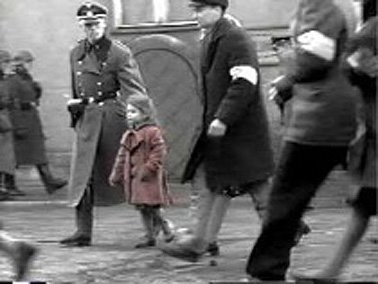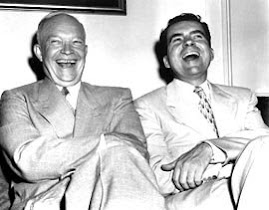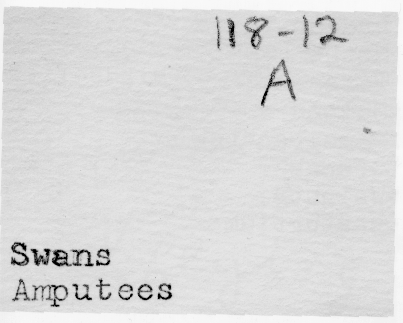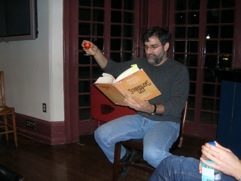Infamous for his capacity to “dodge the apprehension of severe pain in others,” as Mark Halliday put it in Stevens and the Interpersonal (1991), he nonetheless sought and slowly acquired methods for putting the pain of others in such a place that the poem can hardly look away even while the speaker is enacting some version of the dodge. This convergence, says Halliday, “produces not only fascination but also an instinctive . . . sense of imperiously required response.” It might be—or at any rate might be like—a function of desire, the anxiety modeled on sexual longing. Halliday contends this, as a means, in part, of finding a personal motive in Stevens for the simultaneous exploration of abnegation and responsiveness. “[T]he apprehension of suffering in others,” Halliday writes, “is like sexual desire for another person--a second kind of importuning of the self which generated great anxiety in Stevens.” “Transforming is what art does,” writes Susan Sontag in Regarding the Pain of Others, but art that depicts the calamitous “is much criticized if it seems ‘aesthetic’; that is, too much like art” (p. 76).
Few Stevens poems convey as much fear of the personal poetic dead end as “Mozart, 1935,” nor present as anxiously the risk of accusations of aestheticism in the face of crisis. Indeed, Halliday’s quoted comments are to be found in his reading of that poem, where he argues that Stevens refuses to explore “this besieging pain” felt by those assailing him from the streets of 1935, because he is more interested in “writing about the problem of writing about the street.”
 This is the poem in which the speaker demands that a pianist sit at his piano and play a divertimento from Mozart. But a riotous mass clamors in the street outside, throws stones on the roof of the house where the pianist plays. "They" are also in the house, and carry down the stairs a body in rags. Play on, insists the speaker. Be thou the voice of the angry people, the speaker now demands.
This is the poem in which the speaker demands that a pianist sit at his piano and play a divertimento from Mozart. But a riotous mass clamors in the street outside, throws stones on the roof of the house where the pianist plays. "They" are also in the house, and carry down the stairs a body in rags. Play on, insists the speaker. Be thou the voice of the angry people, the speaker now demands. Your reading of the poem's politics depends on whether you see the speaker and the pianist as sharing the same aesthetic space. I see the speaker as distinct from the figure in the poem. While the artist in the poem either plays or doesn't, the speaker's topic is the convergence of the aesthetic and anti-aesthetic, which produces, for him, an aesthetic category larger than Mozart and inclusive of "1935."
I think Mark Halliday wants the poem to be a poem of the 1935 street, or at least to attempt such. He laments that it's instead a poem about the problem of the poetry of the street of 1935.
I don’t disagree about Halliday's description of the self-referentiality here but rather with his assumption that the more the poem obsesses over its own problem of representation the less responsive to others’ pain it is. As Sontag suggests, art that regards the pain of others is rarely so straightforward as our expectations of it. Even works of direct-gaze documentary mode—or perhaps especially them—will be assailed for daring to “transform” the atrocity conveyed. The involution is not so much a turning away as a necessary examination of poetic means.
The poem after all admits into its lines the sound of the stones upon the roof. And potentially unites such sounds with the arpeggios of the pianist. In general I want a poem of the sound of the stones, but for I concede that we require the poet, and accept that the poet transforms. Here where the personal (distinct from Halliday's "impersonal") comes in through the back door.






 "I teach horizontally, meaning that while I might begin with a fixed idea of what I'm going to teach that day, I let it drift rhizomatically way off topic, often pulling it back when it gets too far. I rely on non-fixed materials to teach this way; the whole world is at my fingertips. Should I go off on a tangent about John and Rauschenberg and their love relationship as expressed in Rauschenberg's bed, an image of that bed is always a click away. From there, we can head anywhere into the non-fixed universe, be it film, text or sound. And of course, that always takes us elsewhere. As Cage says, 'We are getting nowhere fast.'"
"I teach horizontally, meaning that while I might begin with a fixed idea of what I'm going to teach that day, I let it drift rhizomatically way off topic, often pulling it back when it gets too far. I rely on non-fixed materials to teach this way; the whole world is at my fingertips. Should I go off on a tangent about John and Rauschenberg and their love relationship as expressed in Rauschenberg's bed, an image of that bed is always a click away. From there, we can head anywhere into the non-fixed universe, be it film, text or sound. And of course, that always takes us elsewhere. As Cage says, 'We are getting nowhere fast.'" 

 that anyone has yet got the imaginative measure of that terrifying day six years ago. Certainly our Tolstoy has not crawled out of the rubble. The closest we have, Don DeLillo, succeeded as an essayist-journalist ("In the Ruins of the Future: Reflections on Terror and Loss in the Shadow of September,” Harper’s, December 2001) but, to my mind, failed as a novelist ("Falling Man"). One reason, perhaps, is that the remembered emotion was instantly buried under a pile of cultural junk.' - Tod Gitlin in his review of Susan Faludi's The Terror Dream (written for
that anyone has yet got the imaginative measure of that terrifying day six years ago. Certainly our Tolstoy has not crawled out of the rubble. The closest we have, Don DeLillo, succeeded as an essayist-journalist ("In the Ruins of the Future: Reflections on Terror and Loss in the Shadow of September,” Harper’s, December 2001) but, to my mind, failed as a novelist ("Falling Man"). One reason, perhaps, is that the remembered emotion was instantly buried under a pile of cultural junk.' - Tod Gitlin in his review of Susan Faludi's The Terror Dream (written for 






























